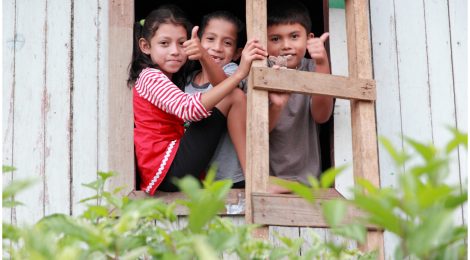
An Interview with Professor Moody
Part One:
Key Quotes…
Q: Are there noticeable differences (culturally, socially, and/or economically) between the peoples of autonomous regions and those who reside in the rest of the state?
A: Yes, there are differences. The people [from the Atlantic Coastal Regions], the costeños as they call themselves, are proud of their heritage. There is a long history of why they feel more distinct from the rest of the country and the people from the Pacific portion of the country, they generally refer to themselves as mestizos—the mixed-race heritage of Nicaraguans. […] For close to 400 years, the Pacific side of the country had not much control at all over the Coastal region. Communication and actual physical transportation between the two sides was very limited. There were no roads during those years, so any kind of travel was via river, for the most part. Some people would make the journey to trade. […] And in part this [separation] is why there was, for so long, such antagonism between the two regions.
Part Two:
Key Quotes…
“[…] and then the Revolution occurred. Then Samoza was kicked out and in 1979 the Sandinistas took over, but the Sandinistas made a fatal error in the 1980s. After they had consolidated their power and taken over the country, they decided that they knew what was best for the autonomous regions—or what would become the autonomous regions, the land of the Miskito, Mayagna, Rama and Creole. The Sandinistas began to impose their ideas of revolution and their ideas of the proper way of life and how, you know, if you wanted to become a member of the government, you had to adhere to the Sandinista political ideology. They encouraged the people of the Atlantic to participate in the revolution, but I don’t think they were listening well to the people of the Atlantic. And then the United States became involved in the Contra War, and because the Sandinistas had alienated these groups, a number of them signed up with the Contras—because they didn’t want to be told how to live their lives.”
“So, for a number of years, there was civil war—bloodshed, mayhem, destruction, all sorts of horrible things happened. And then the Sandinistas were winning the fight, to a large degree […] and Daniel Ortega and the Sandinistas (because Ortega was, at that point, lined up to be President) recognized that they needed to appease the Miskito, Creole, Mayagna, and Rama people. And so they decided that they would grant them autonomy […] very much to appease the warring factions.”
Featured Image: Children of El Castillo by Cezary Kucharski